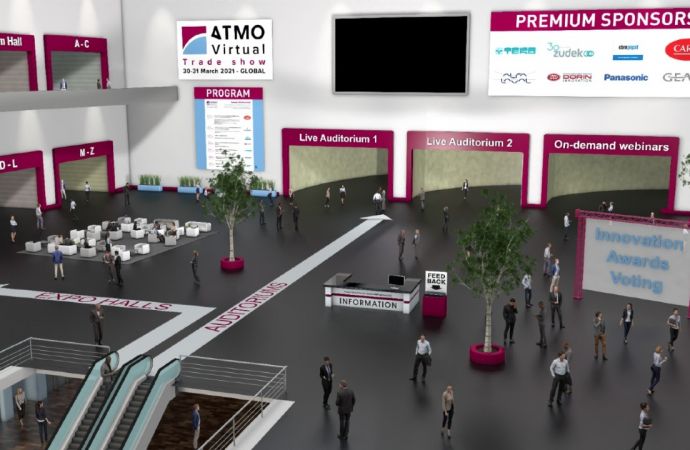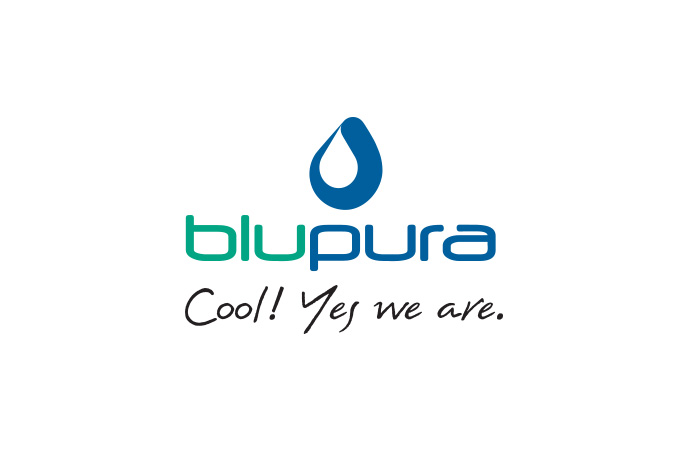An exclusive Report summarising results from online and on-site surveys, workshops and presentations at ATMOsphere 2010 is now available for download to all those not being able to attend the international workshop in Brussels. The report provides an extensive overview of barriers and solutions to the uptake of hydrocarbons worldwide.

A growing number of organisations around the world is already working on introducing technically and financially viable natural refrigerant systems. ATMOsphere 2010 brought them together on 27-28 September to discuss HOW to build a roadmap to bring hydrocarbons as a replacement to HCFCs and HFCs even faster to the market. The results of intensive exchange of views, insightful presentations and lively workshop discussions have now been summarised into a 42 pages report highlightling the key messages from all presentations, surveys and workshop groups before and during ATMOsphere 2010.
Freely available as a download the report draws up a shortlist of barriers currently impeding the use of hydrocarbons in different world markets and applications. As an example, participants and other interested parties identified these barriers to a widespread use of hydrocarbons in industrial refrigeration equipment:
Besides being available for download on www.hydrocarbons21.com and the event website www.atmosphere2010.com, print copies of the report will be handed out next to policy makers at the UN negotiations in Thailand (MOP 22) and Cancun (COP16) as well as to the industry experts at main HVAC&R events including Chillventa 2010.
Freely available as a download the report draws up a shortlist of barriers currently impeding the use of hydrocarbons in different world markets and applications. As an example, participants and other interested parties identified these barriers to a widespread use of hydrocarbons in industrial refrigeration equipment:
- Availability: In certain regions it is difficult to obtain hydrocarbon gases
- Service and Maintenance: The lack of qualified service and maintenance personnel
- Legal restrictions: In countries like the US, the use of hydrocarbons is restricted. Several international standards restrict hydrocarbon charge quantity in cabinets up to 150g
- Many TAFE colleges in Australia now teach the safe use of hydrocarbons as part of their normal training for tradesmen/apprentices. Since 1990 over 200 tonnes of hydrocarbons have been sold in Australia to the MAC re-gas market, avoiding over 800,000,000kg of CO2 emissions.
- South East Asian countries such as Indonesia, Malaysia, the Philippines and Singapore have also seen a great number of conversions of air conditioning systems in commercial buildings to hydrocarbons as well as car air-conditioners.
Besides being available for download on www.hydrocarbons21.com and the event website www.atmosphere2010.com, print copies of the report will be handed out next to policy makers at the UN negotiations in Thailand (MOP 22) and Cancun (COP16) as well as to the industry experts at main HVAC&R events including Chillventa 2010.
MORE INFORMATION
Related stories







